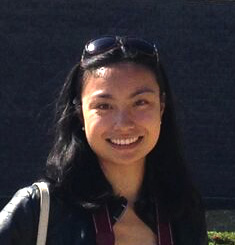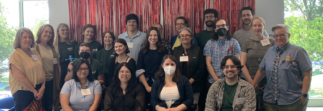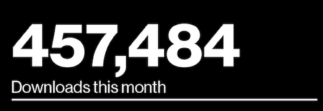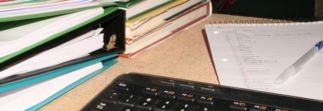 The essential role of the humanities in a science education is nothing new at MIT. Yet Alice Lu ’16 still surprises friends and family when she tells them about her recent independent study.
The essential role of the humanities in a science education is nothing new at MIT. Yet Alice Lu ’16 still surprises friends and family when she tells them about her recent independent study.
“When I tell people I’m working with a Newton manuscript, it’s not something they expect an MIT student to be doing” says Lu, a brain and cognitive sciences major who will attend medical school after MIT.
Lu first had the opportunity to work with the MIT Libraries’ special collections as a student in Assistant Professor Stephanie Frampton’s Media in Cultural Context class. Frampton has made “lab” sessions in the Institute Archives and Special Collections a critical part of her teaching.
Head of the Rare Books Program Stephen Skuce steered Lu toward one of the more distinctive items in the collections: a 61-page manuscript entitled The book of Nicholas Flamel conteining the explication of the hieroglyphical figures w[hi]ch he caused to be put on the Church of the SS. Innocents at Paris, translated from the French by Sir Isaac Newton.
Flamel, a 14th-century scribe and manuscript seller, was also an alchemist according to legend; his book describes figures from an ancient text, said to be alchemical symbols, that he commissioned for an arch in a Paris churchyard. Newton, considered the father of modern science, was fascinated by alchemy.
“It’s an astonishing document and a centerpiece of our special collections,” says Skuce of the manuscript, given to the MIT Libraries by Sidney M. Edelstein ’32 in 1958.
After working with the manuscript for Frampton’s class, Lu began transcribing it, with her own annotations, as an independent study project. She hopes her searchable document can be an important resource for other students or scholars.
“It was surprisingly easy to read,” she says. “The preface is like a story: how [Flamel] came upon this book, his life, and the adventures he had.”
Lu knows well the value storytelling can bring to science: “Being a physician, you need to understand people’s stories; you have to know how to explain things and how to connect with people. When you’re studying just science, you don’t have that human aspect. Physicians have to balance the two.”
And, as Lu discovered working with the text, towering figures in science history can be relatable, too. “When Newton crosses things out, I feel like I can figure out his train of thought,” she says. “He made a lot of mistakes.”


